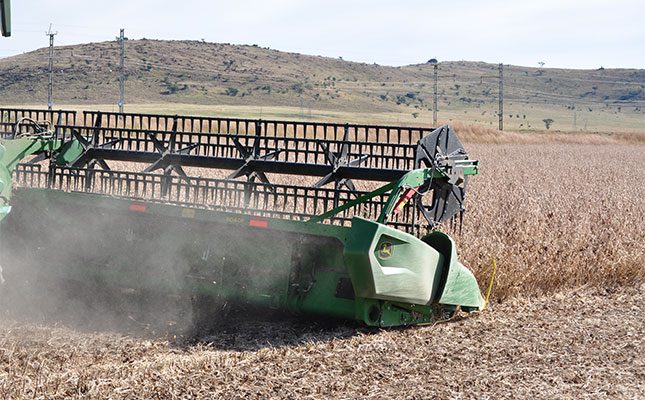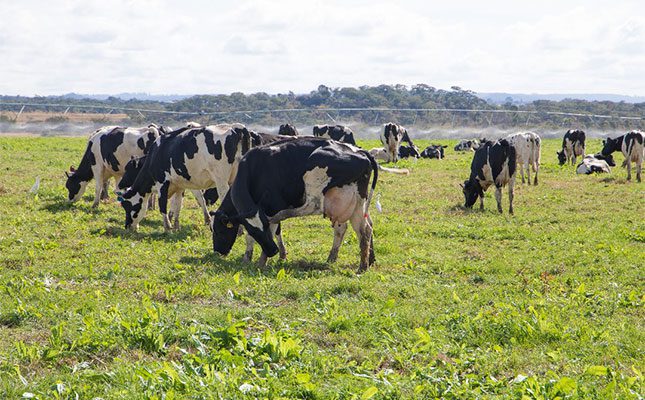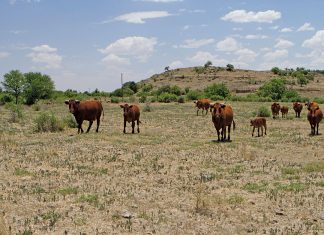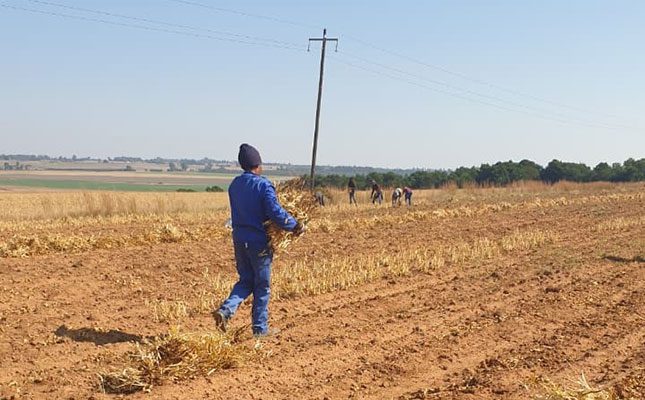
Photo: FW Archive
Agriculture and finance each shed just over 24 000 jobs in Q2 2025, while the community and social services sector lost 42 000, according to data released by Statistics South Africa (Stats SA).
However, Thanda Sithole, senior economist at FNB, noted in a press release that the 905 770 jobs the agriculture sector created in Q2 2025 was still 9 845 more year-on-year.
The overall unemployment rate was up by 0,3 percentage points, rising from 32,9% to 33,2%, with unemployment being the highest in North West at 40,1%, followed by the Eastern Cape at 39,5%.
Stats SA’s Quarterly Labour Force Survey is not seasonally adjusted, hence it reflects seasonal fluctuations in employment that follow the production cycles of various agricultural commodities.
Dawie Maree, head of agriculture information and marketing at FNB, ascribed the reduction in employment in Q2 to the late start of the summer rains, which also delayed the start of the citrus season – a major employer of seasonal labour.
“Although the grain sector isn’t a big employer of seasonal labour, it still has a measure of seasonality, which would have contributed to the downward trend. Another contributor would have been the outbreak of foot-and-mouth disease, which may not have shaved off a large number of jobs if you look at the overall livestock sector, but it did play a role,” he said.
Maree added that he expected this drop in the sector’s employment to be reversed in the third quarter, as the late summer rains at the start of the year had already contributed to an uptick in employment across the various production industries.
Statistician-General Risenga Maluleke pointed out that over the decade, the Western Cape’s unemployment rate had consistently remained below South Africa’s national average, while the Eastern Cape had consistently recorded unemployment rates above it.
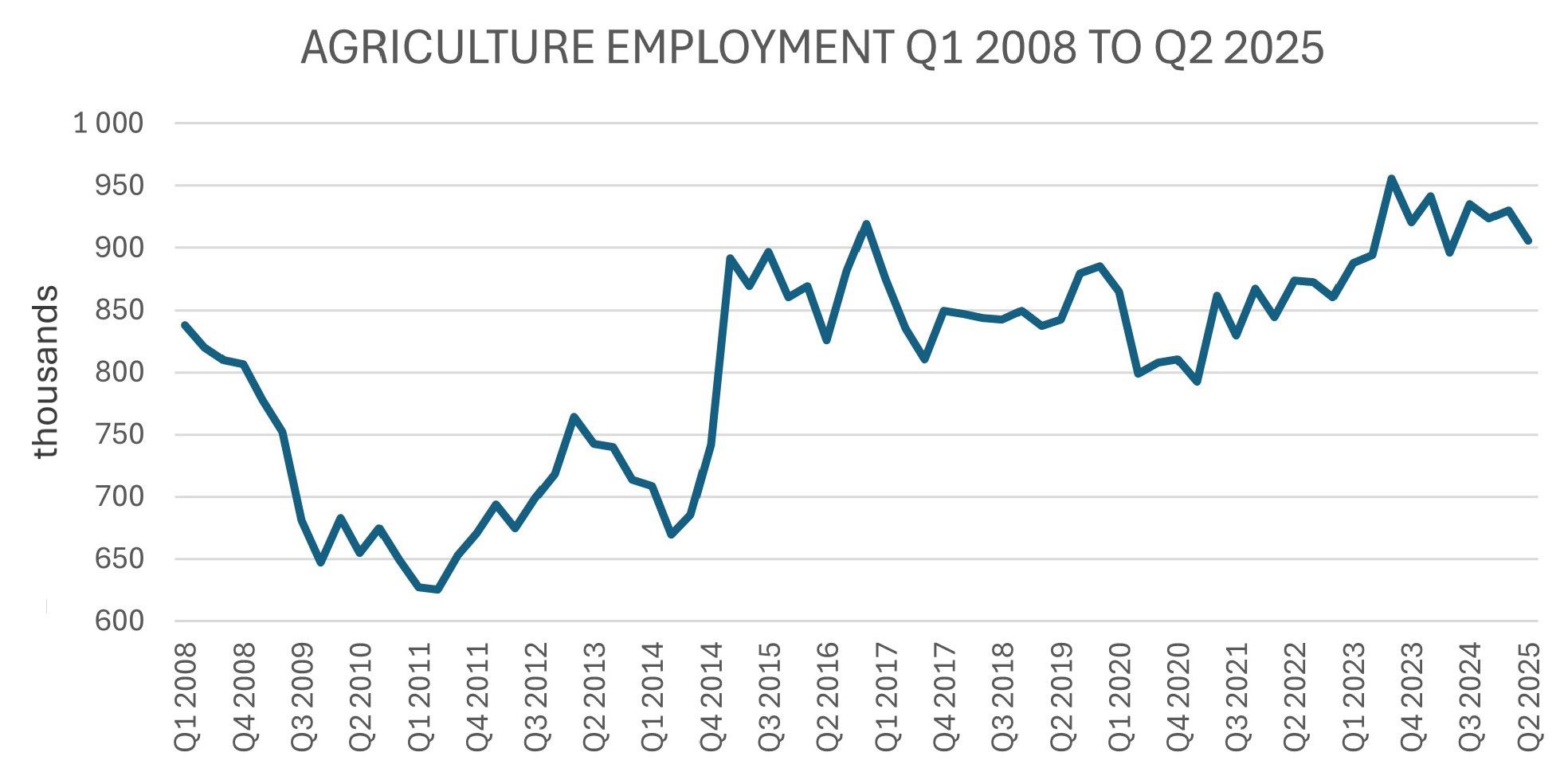
Between April and June 2025, unemployment rates in the Northern Cape and Western Cape were below the national average of 33,2%, at 32,7% and 21,1%, respectively.
However, the Western Cape also recorded the biggest quarterly drop in employment, falling by 117 000 jobs from the first quarter (Q1) to Q2, followed by KwaZulu-Natal with 86 000 fewer jobs, and the Northern Cape with 28 000 fewer. The biggest gains were in Gauteng, which added 95 000 jobs, and the Eastern Cape, which added 89 000.
Unemployment stood at 38,5% in the Free State, 35% in Limpopo, 34% in Mpumalanga, 33,8% in Gauteng, and 33,4% in KwaZulu-Natal.
The sectors that added the most jobs in Q2 were trade, which gained 88 000; private households, up by 28 000, and mining, which increased by 000.
Employment in the formal sector comprised 11,5 million jobs, or 68,2% of total employment, compared with 3,3 million (19,8%) in the informal sector, 1,1 million (6,6%) in private households, and 906 000 (5,4%) in agriculture.
Sithole pointed out that youth unemployment remained “critically high”, with the jobless rate for 15- to 24-year-olds at 62,2% in Q2, compared with 62,4% in Q1, and 60,8% in the fourth quarter (Q4) of 2024.
Among 25- to 34-year-olds, unemployment stood at 40,5% in Q2, compared with 40,4% in Q1 and 41,7% in Q4 2024.
“This underscores the urgent need to accelerate pro-growth structural reforms that can drive sustainable and inclusive economic expansion. Government’s diplomatic stance in the wake of the US’s ‘Liberation Day’ tariffs remains critical to mitigating potential job losses stemming from the effects of these steep tariffs on South Africa’s [access to] the US market,” Sithole said.





